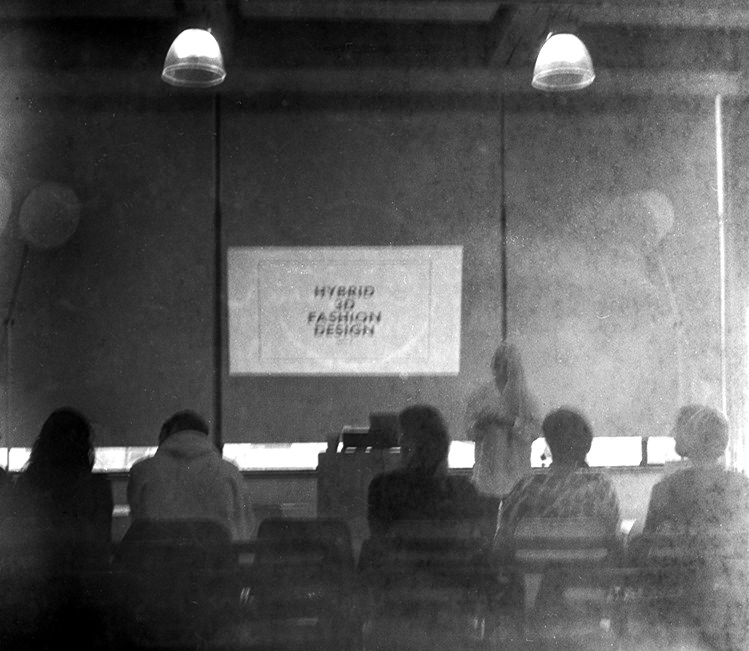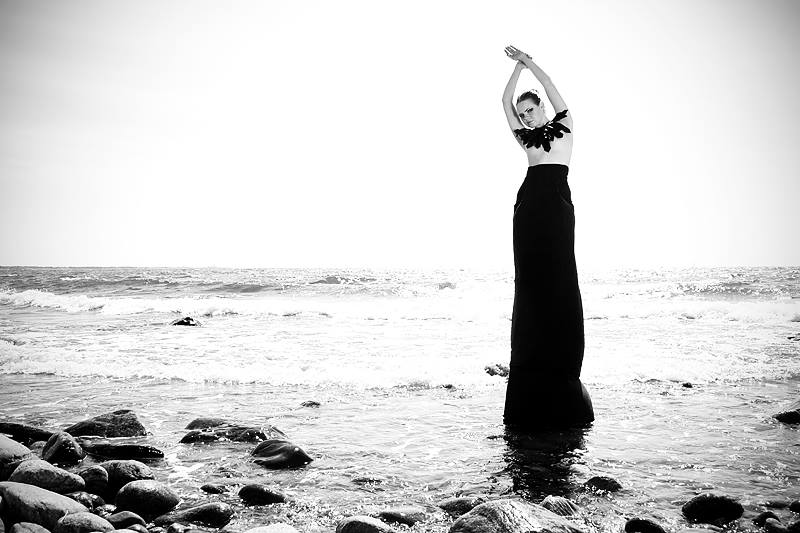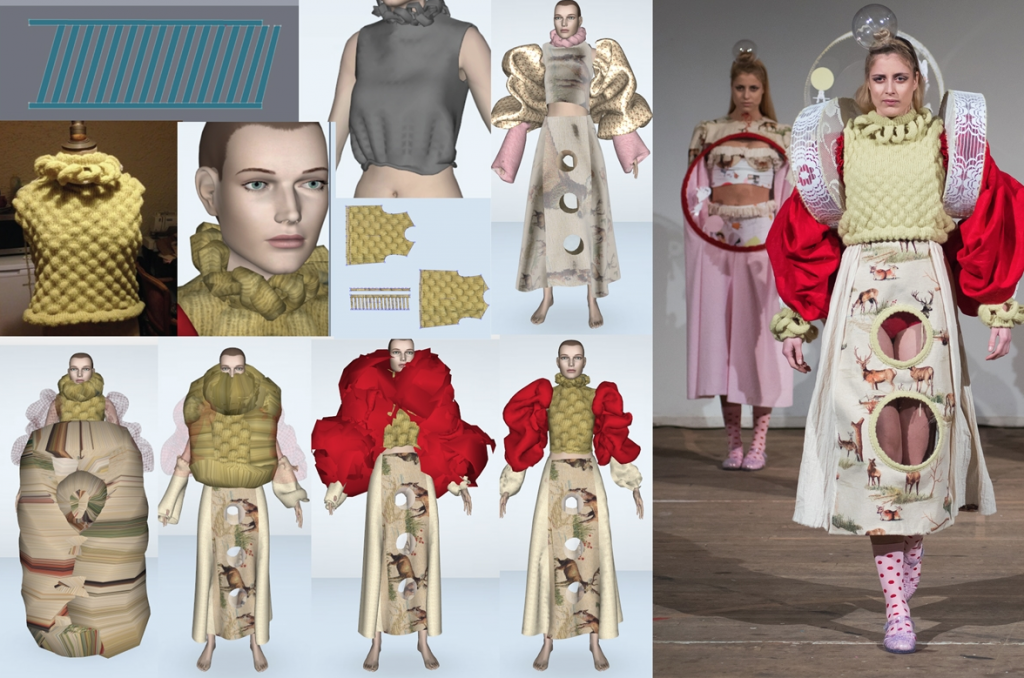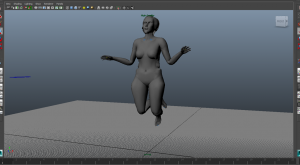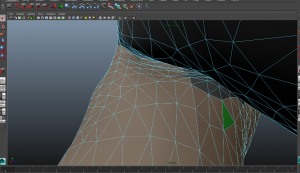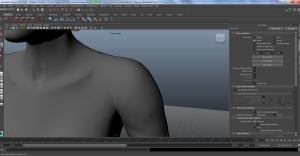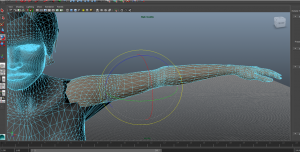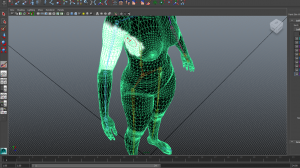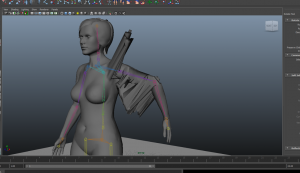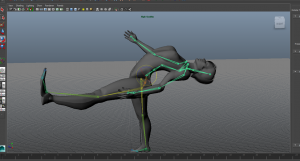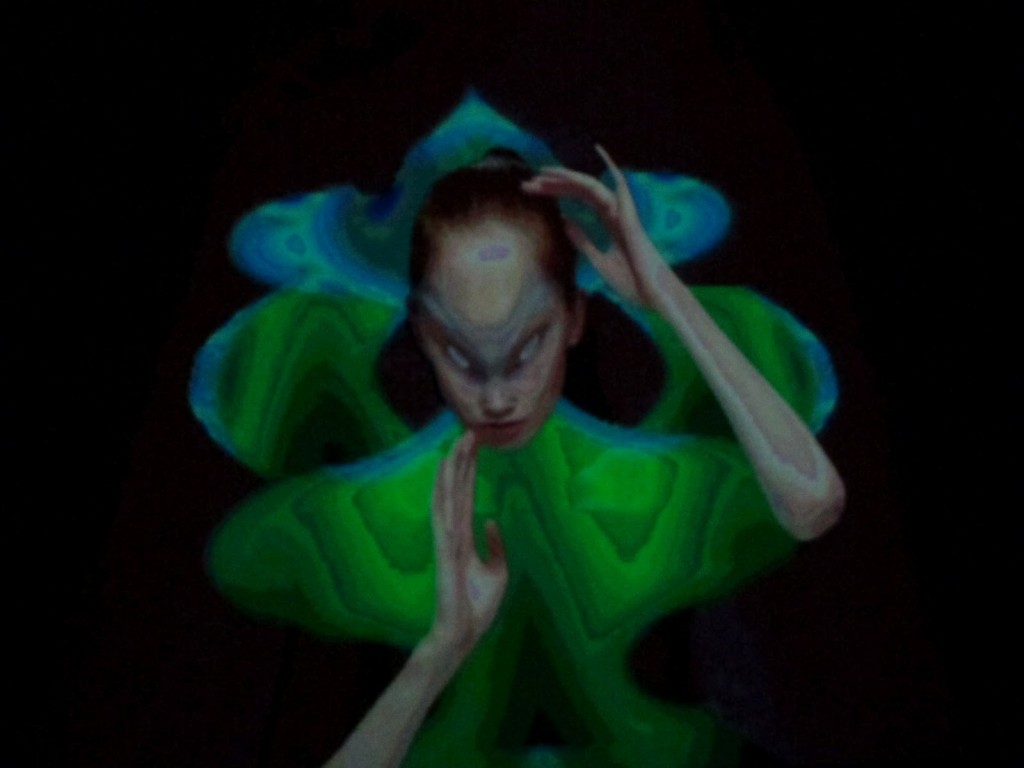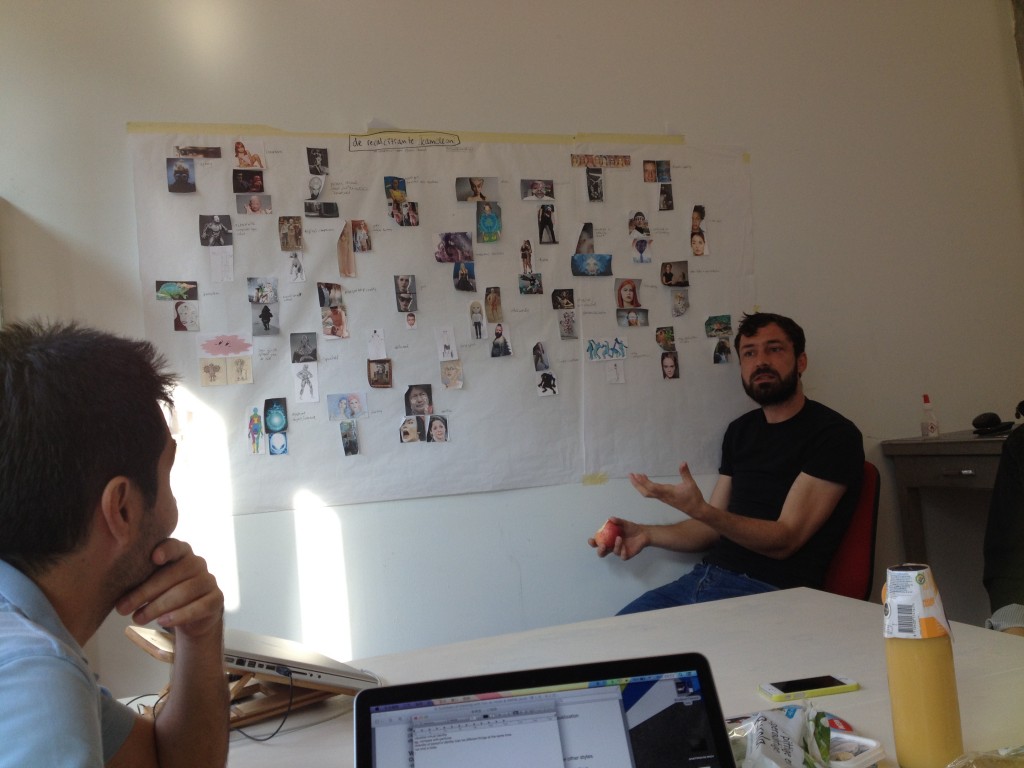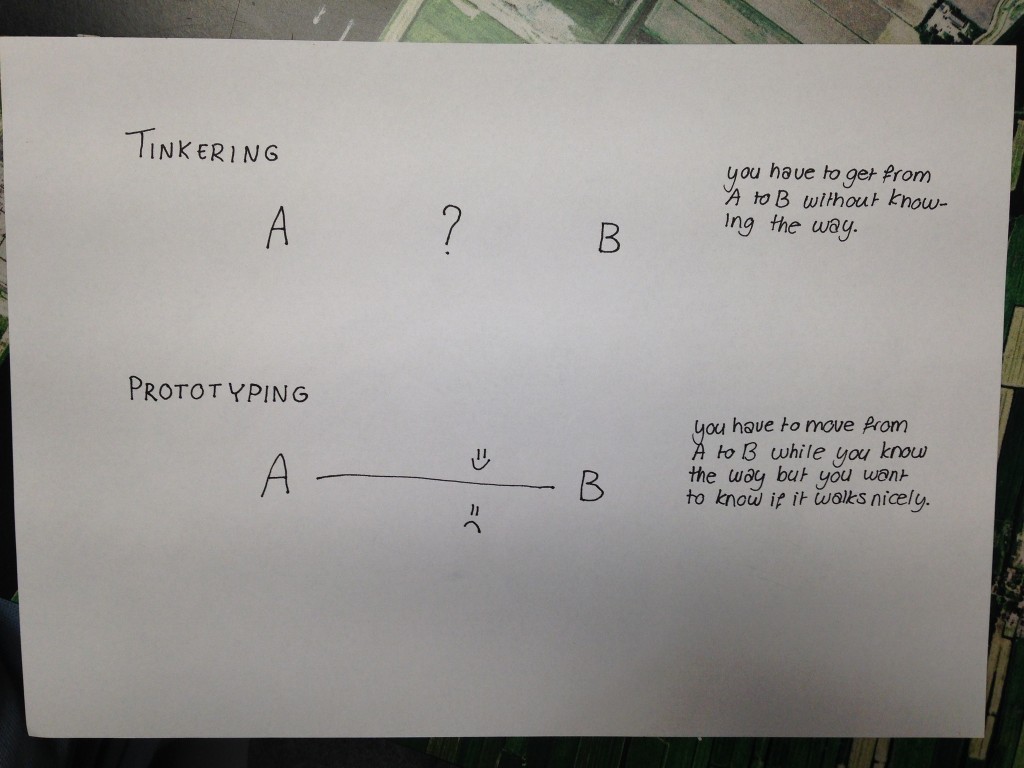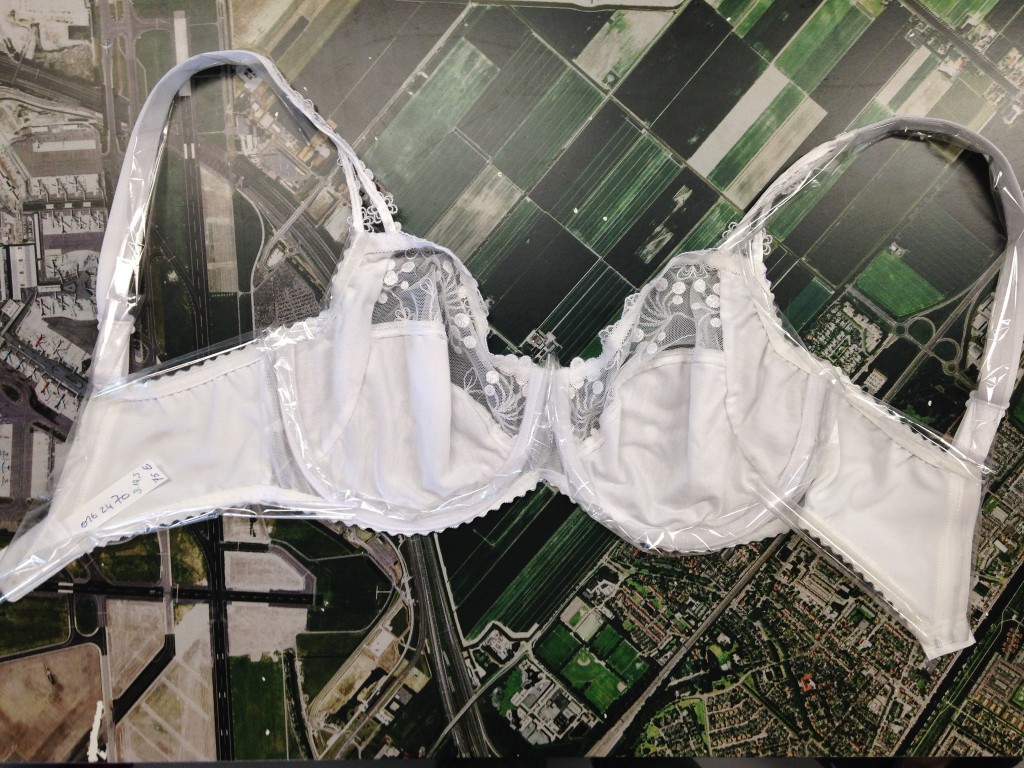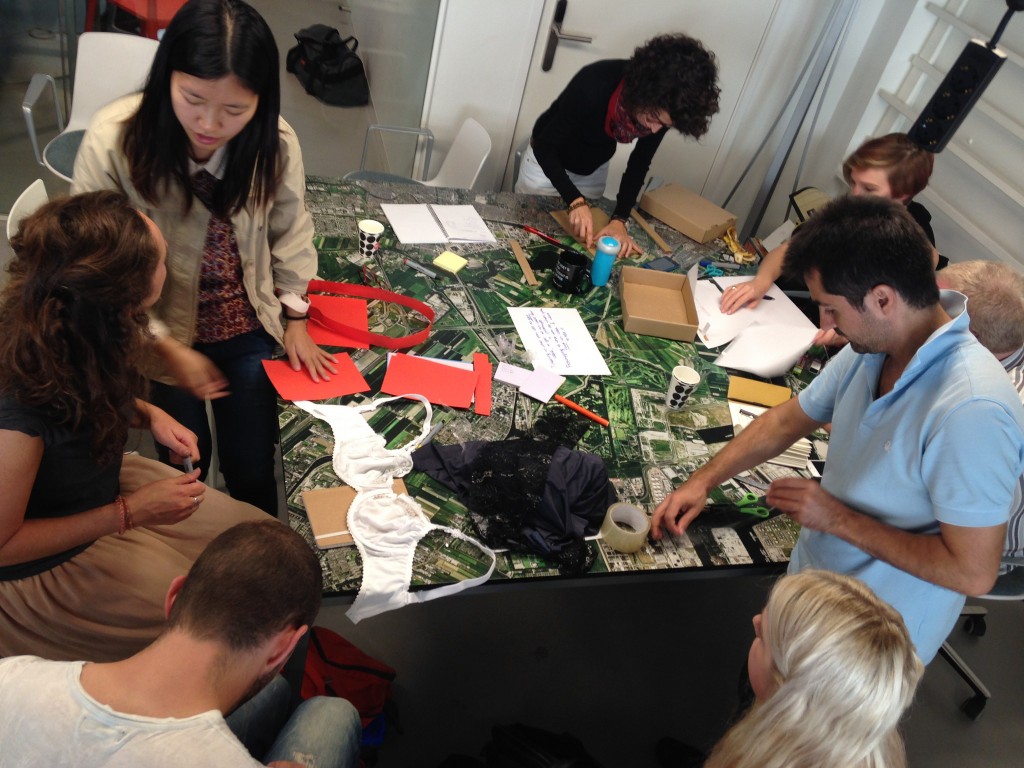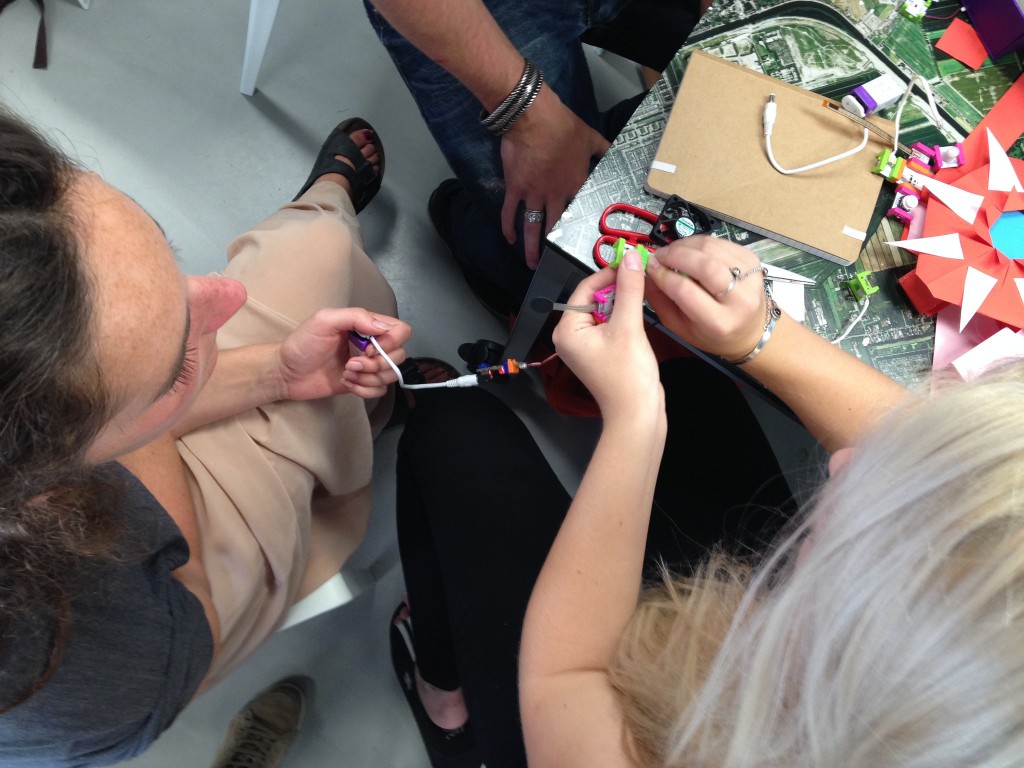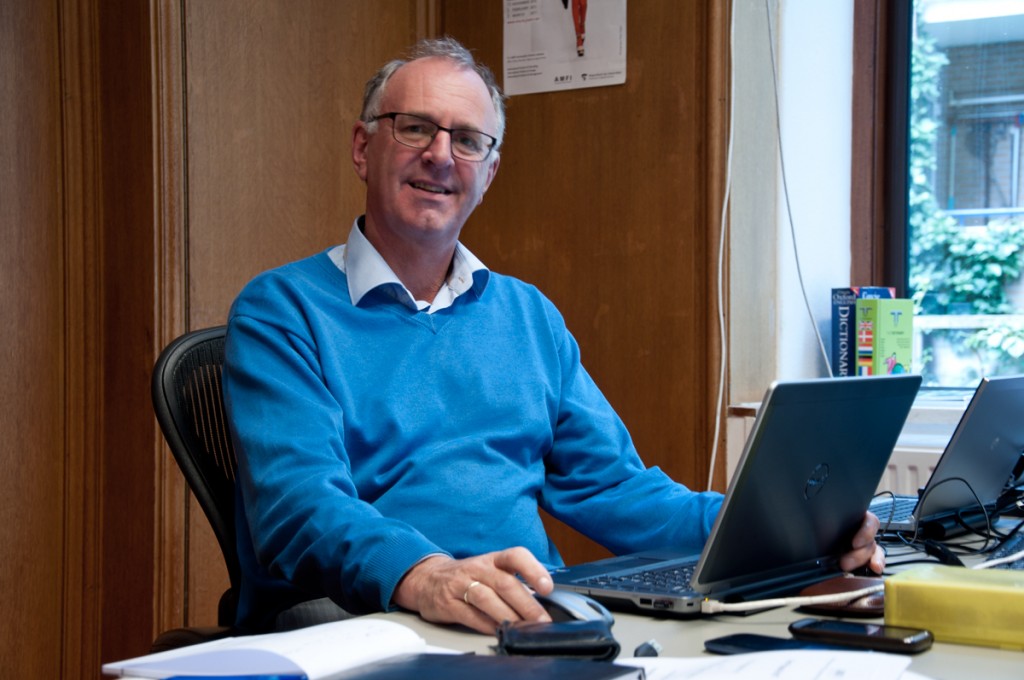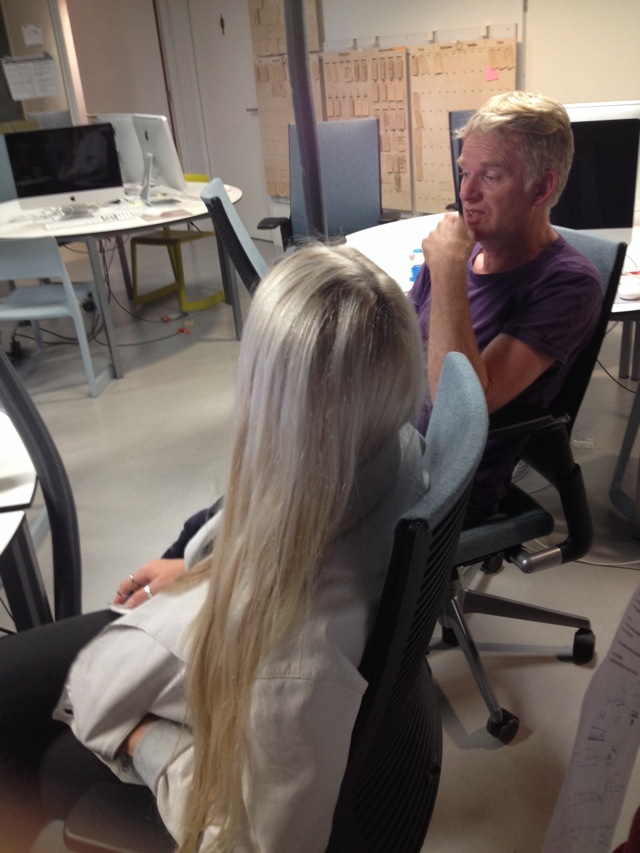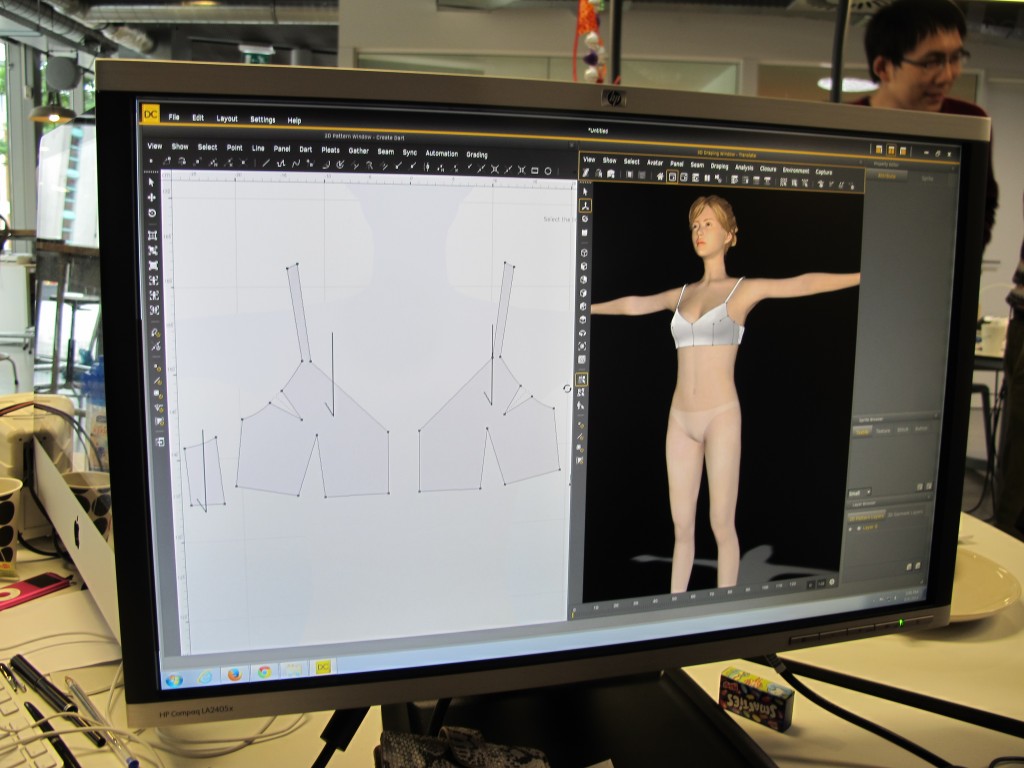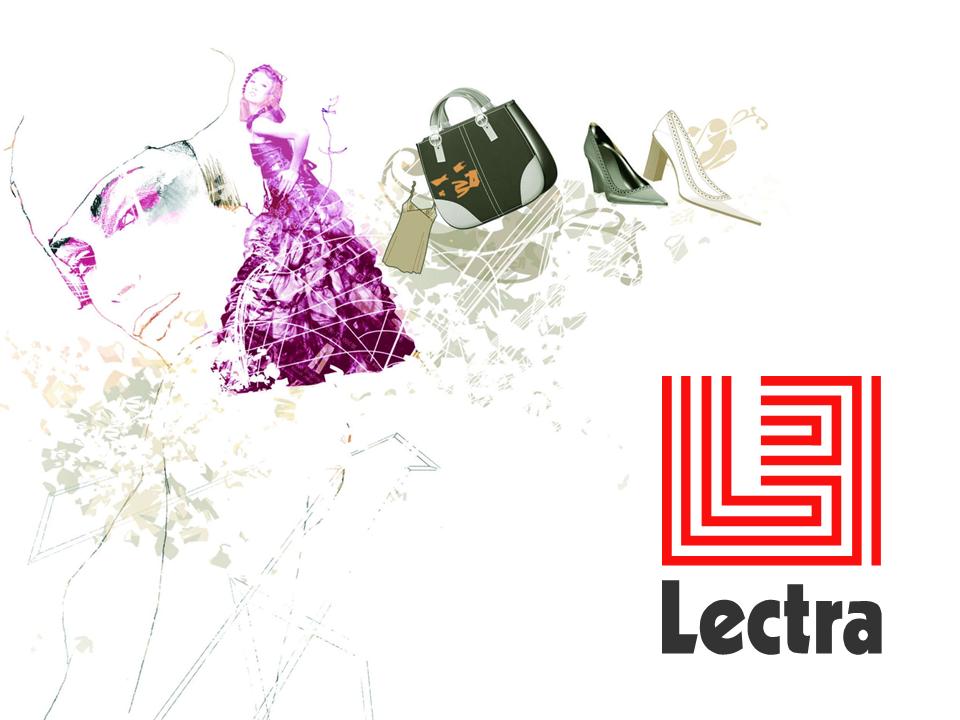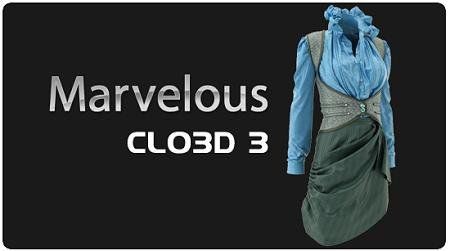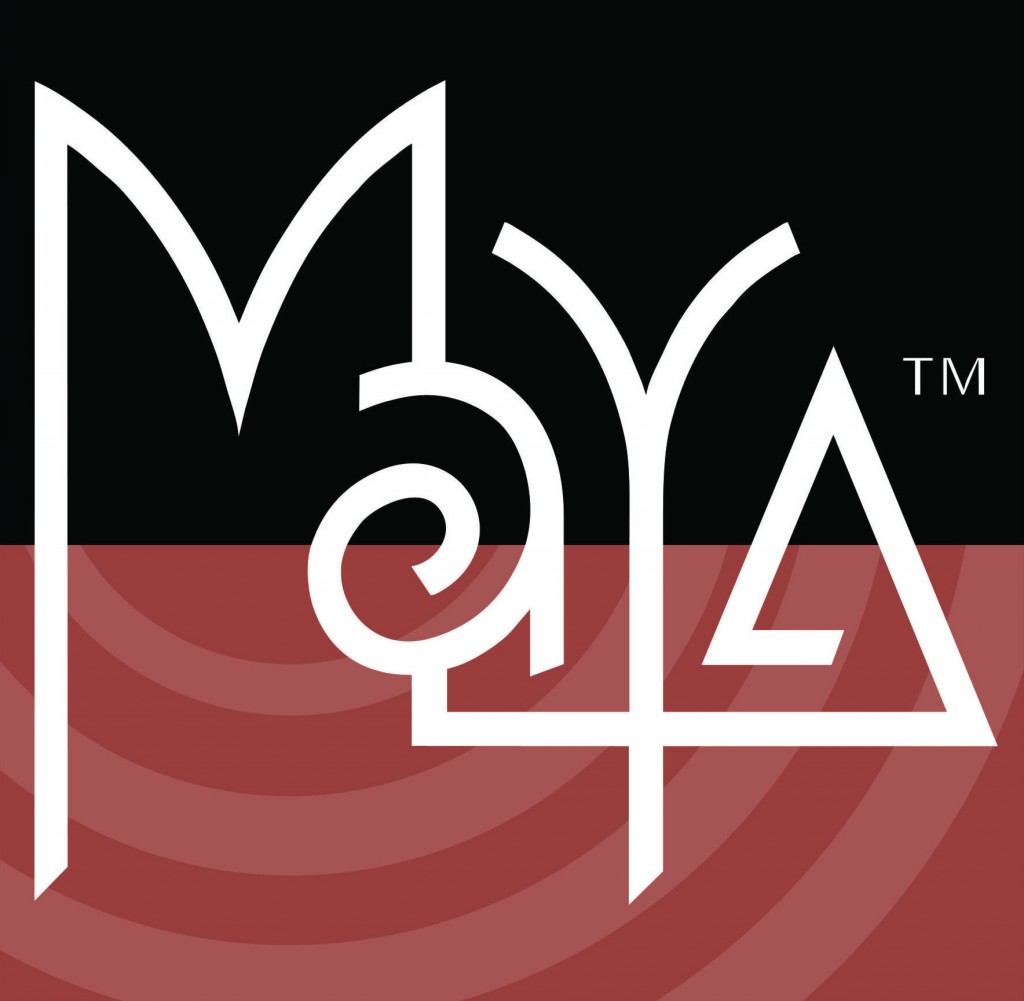Documentation Sprint 3
Third sprint contained several parts:
– We have investigated how design process in fashion industry can improve by fabric simulation.
– Forecasted fashion presentation.
– Interviewed some buyers.
– Made three concepts and collection concept.
– We have experimented Xsens MoCap suit and Oculus Rift
– At the end we made a simple demo of our concept.
By using virtual design, fashion design processes can be shorter. Fashion retailers can produce their products earlier by using fabric simulation and good library of them.
In this sprint the 3D fashion group continued the user story of fabric simulation and experimented with Maya nCloth plug-in were already conducted in the last sprint.
Based on our final concept for presentation and our concern for improving fashion design processes through virtual fashion, this user story has been accomplished by simulating some fabric (lace) samples using the Maya nCloth.
Seven fabrics and laces have been sent by Van De Velde along with mechanicala properties of them to test with, but it is a difficult task to find a way to translate the actual measurements into nCloth plug-in in Maya, whereas the nCloth plug-in focuses more on animation and simulation. 4 items have been tested of all the fabric samples (stretching, dropping, collision, and air dynamics). A video has been made for each item and each sample.
See the video: Fabric Simulation
It’s fascinating how fashion is presented. Since 1885 the catwalk is the platform how we pres- ent fashion collections. A runway with a new collection on moving bodies. “People in the fashion industry know there is a structure to it. It’s a bit like going to church in the 19th century. You’ve got to be very impassive; you can’t make a bad face if you don’t like something and you’ve got to stay awake and watch it.” [Caroline Evans]
Nowadays the experience economy where we live in influence the presentation forms of fashion. The collection story or philosophy is the most important to visualize, instead of the actual garments. In our documentation yo can find how the fashion presentation can influence by technologies and new possibilities.
See the documentation: Third Sprint Documentation
Based on previous researches and tests, three ideas have been made for virtual presentation experience (SECOND SIGHT).
1- Everyone invited
2- Small event
3- A different view
In the first one (Everyone Invited) we use the Oculus Rift/Google Cardboard and Mocap suit/Kinect to show a virtual fashion presentation in real-time.
How is that possible? We’ll tell you.
We send you a box containing the invitation, a VR headset and a secret box. From the moment you installed the VR glasses app on your smart phone or computer, you can check at the live count down how long you have to wait until the day comes of the SECOND SIGHT show. At home, on the street or where ever you are at the moment, take a seat and enjoy the first virtual reality fashion show through your VR headset.
See the presentation: 3D Fashion Group Concept
In order to realize our concept we need to experiment with some technologies like Xsens MoCap suit, Kinect, Oculuc Rift, Google Cardboard, Game engines and Fabric simulation softwares. some of them have been tested in third sprint, others will be tested in further.
Xsens MoCap is a way to digitally record human movements. By its software MVN Studio it is possible to see the real-time movement on screen and save the captured file and import it easily into 3D softwares like Maya and 3D S Max.
See the: MoCap test








